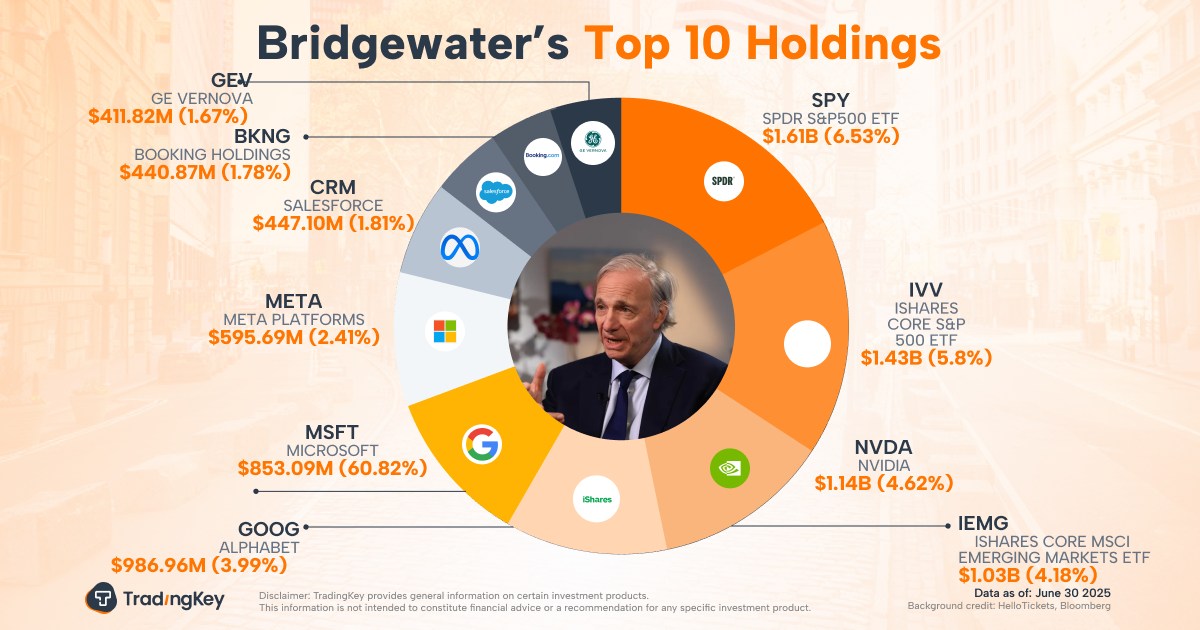Early indicators point to continued E&S growth but bifurcated market in 2025

By David Bull
Jan 29 - (The Insurer) - Early E&S-related earnings commentary has centred on the themes of strong submission growth, a rehardening – and potentially accelerating – casualty market, and moderating property rates offset by strong demand that could pick up further following the Los Angeles wildfires.
And the combination of those drivers, along with a growing consensus around the stickiness of a more meaningful portion of business than in previous cycles, means that the prospects of another year of solid growth for the E&S sector look strong.
In our 2024 year in review, published in late December, we noted that many of the dynamics driving the market were still in place from 12 months earlier.
Measuring the size of the overall E&S market and its growth rate is an imprecise science, but the proxy of data from surplus lines stamping offices indicates that premium volume once again grew by double digits last year.
Although aggregated totals for all the major surplus lines stamping offices have not yet been published, data from the three largest states for E&S business – California, Texas and Florida – reveals another strong year of growth.
California data shows a 15 percent increase in premium for the full year from $16.6bn to $19.1bn; Texas was up 14 percent from $14.6bn to $16.6bn; and Florida grew by 11 percent to $17bn in 2024.
There are sure to be plenty of other data points as carriers and brokers with E&S and wholesale platforms report over the next few weeks.
But early commentary suggests that momentum in the flow of business from retail brokers through the wholesale channel to E&S carriers remains strong, even if there is an increasingly bifurcated market when it comes to the direction of pricing.
Early reporter RLI said that its casualty brokerage segment – which includes E&S primary and excess liability coverages – grew premiums by 22 percent in the fourth quarter, including a 20 percent increase in submissions, which COO Jennifer Klobnak said was consistent with the increase in flow observed throughout last year.
Softening property
The insurer’s E&S property book was the driver of overall property premiums dropping off in the quarter, as it highlighted “undisciplined” competitors including MGAs that are influencing market conditions.
However, RLI said it continued to see an increasing flow of business, with submissions up 13 percent in the quarter, bringing to an end a third straight year of double-digit submission increases.
“Despite these challenges, the E&S property market is well priced and growing overall. We believe there is opportunity to write profitable business, and we will continue to execute in this space,” said Klobnak.
Offering a broker’s perspective, Brown & Brown president and CEO Powell Brown also highlighted competitive pressures in E&S property, especially in property cat.
“At the beginning of the fourth quarter, there was speculation that the impact of hurricanes Helene and Milton would slow the recent decline of cat property rates or even reverse the trend entirely,” he said on the company’s quarterly earnings call.
“Based on insured losses and the fact that both storms were heavy flooding events versus wind, cat property rates continued to decrease throughout the fourth quarter,” he added.
The executive said that the firm saw rates on average down 10 to 20 percent, similar to the end of the third quarter, with more customers experiencing decreases closer to or in excess of 20 percent.
Submissions flow
Brown said that the firm’s wholesale brokerage arm delivered organic revenue growth of 7.1 percent in the fourth quarter.
“For the full year, wholesale delivered strong organic growth of 9.1 percent and we have good momentum heading into 2025,” he added.
This included continued momentum on submissions flow.
“We’re seeing more submissions into wholesale than we have … so increasing submissions, increasing written business in the non-admitted market, and that is exacerbated by events.”
He cited as an example severe convective storms in places like Oklahoma, Nebraska and Kansas, where risks might have been written in the admitted property market for a long time.
Now though, admitted carriers are seeing “massive deductibles” or the risk goes into the E&S market, Brown added.
“I know I’m taking property, but the same concept applies to casualty … the wholesale market continues to expand,” he said.
Looking ahead, the executive said the E&S market should be viewed as split between property cat and all other lines. Rate increases for casualty and professional liability are expected to be similar to the second half of 2024, while additional downward pressure in property cat could extend beyond 20 percent reductions depending on construction quality and loss experience.
Casualty rehardening
Early into 2025 it seems that US casualty will once again be one of the dominant themes of the year ahead.
Away from the headlines surrounding the LA wildfires, one of the biggest stories of the year has concerned Everest, where an unexpected CEO change was followed by a widely flagged but larger-than-expected $1.7bn reserve charge in relation to US casualty.
The bulk of the charge was taken in the Bermudian’s US insurance operations, where management acknowledged that underwriting decisions – including an over-concentration of casualty risk – had contributed to unacceptable results by magnifying the impact of social inflation.
There was already evidence of a strong rehardening of umbrella/excess rates last year and there are no signs of a pick-up of rate increases in primary general liability too as carriers look to stay ahead of loss trends.
In its recent 2025 outlook, wholesale giant Amwins observed that the casualty insurance market remains in a “state of adjustment”.
“Retailers should brace for a more aggressive push in primary rate increases over the next 12 months,” the firm added.
In the broader context of the dynamic between the admitted and non-admitted marketplaces, the continuing pressures in US casualty will almost certainly drive more flow and rate to the E&S market.
The increased stickiness of business currently in the E&S sector was highlighted by Conning in its latest report on the segment.
The research firm predicted that a greater proportion of the business currently in the E&S market will stay there, resistant to the cyclical drivers that have historically shaped the ebb and flow of business between admitted and non-admitted carriers.
A California opportunity?
From the data available so far, California looks to have recorded the most significant growth when it comes to surplus lines premium in the largest states for E&S business.
And as the industry continues to digest the ongoing LA wildfires, there are suggestions that the disaster could lead to further retrenchment by the admitted market. This could open up opportunities for E&S carriers, especially in personal lines, including high-net-worth (HNW) business.
With a consensus growing around an industry loss that will be closer to $50bn than the lower end of current estimates, the impact is still expected to fall largely on the personal lines sector, with a concentration in the HNW space and a growing share ceded to reinsurers.
Personal lines property – including HNW – has been seen as a growth area for E&S carriers amid a shortage of admitted capacity.
On Brown & Brown’s earnings call, president and CEO Powell Brown said that depending on the magnitude of insured losses, there could be impacts on California pricing for both admitted and non-admitted property.
But he said demand for E&S solutions is likely to hinge on factors including what happens with the Fair Plan and post-event assessments, as well as the approach of lawmakers including the state’s governor and its insurance commissioner as they balance the need to provide an acceptable market, with availability of product that has competitive pricing.
“In the event the losses are in excess of all monies accessible [to the Fair Plan], both surplus and reinsurance, how do the assessments work? That’s a big question,” Brown said.
He predicted that the number of admitted carriers and the number of non-admitted carriers doing business in the state “will be impacted probably by the actions on a go-forward basis”.
“At a very high level … it would seem to us that it would be a massive expansion in the E&S market in that area,” Brown commented.





